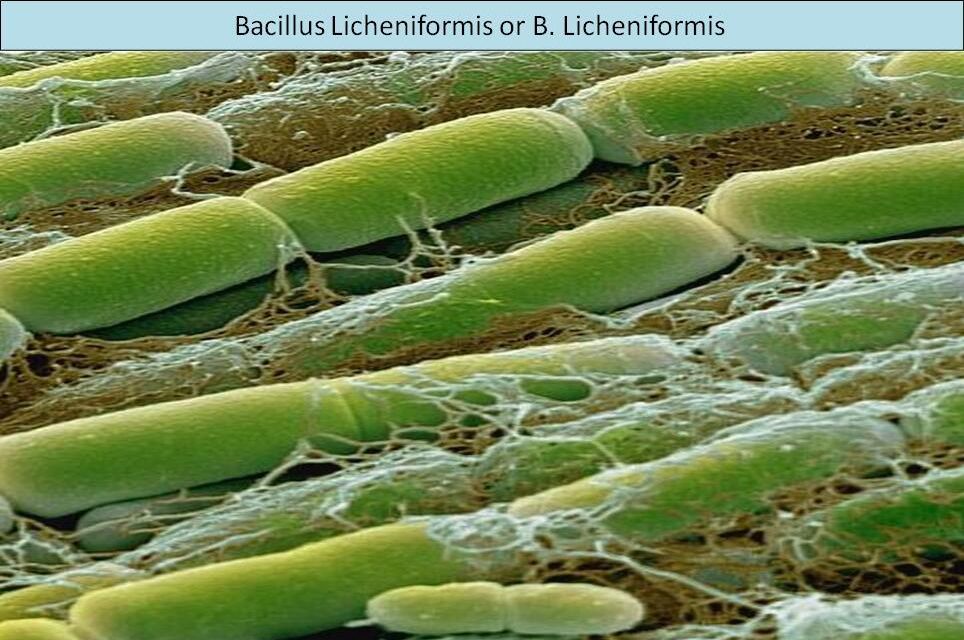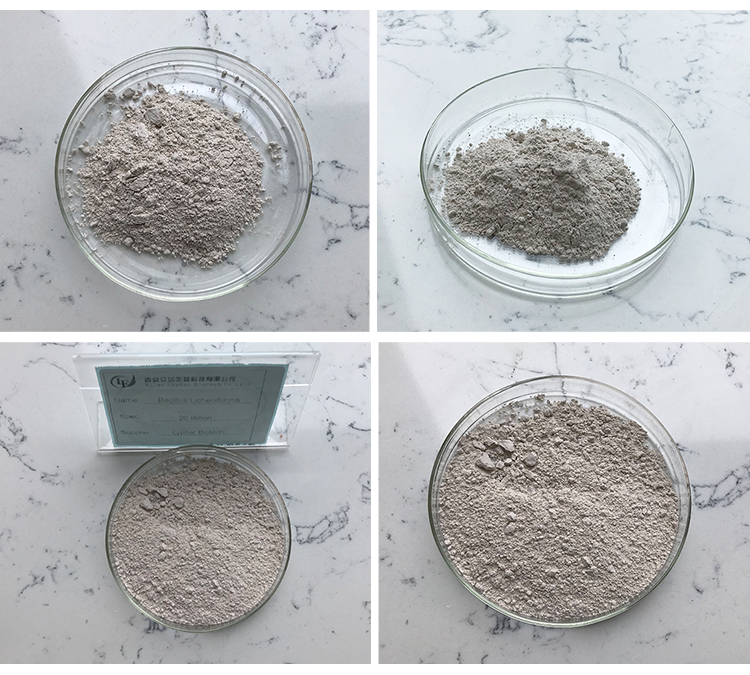Bacillus licheniformis is a Gram-positive, facultative anaerobic, spore-forming bacterium widely found in soil, water, and as a natural flora of plants and animals. It plays significant roles in industrial applications, biotechnology, and environmental processes due to its enzymatic activity and antimicrobial properties. The key mechanisms of Bacillus licheniformis include:
1. Enzymatic Mechanism
Bacillus licheniformis produces a variety of extracellular enzymes, making it valuable in industries like food, pharmaceuticals, and detergents.
Protease Production:
- Produces alkaline serine protease, commonly used in detergents for protein degradation.
Amylase Production:
- Secretes α-amylase to hydrolyze starch into maltose and dextrins.
Lipase Production:
- Involved in lipid breakdown, used in biodiesel production and food processing.
Cellulase & Xylanase Production:
- Degrades plant biomass, useful in biofuel production and paper industries.

2. Antimicrobial Mechanism
Bacillus licheniformis produces antimicrobial compounds that inhibit the growth of pathogenic bacteria.
Bacteriocin Production:
- Produces lichenicidin, a lantibiotic with strong antibacterial properties against Gram-positive bacteria.
Antibiotic Synthesis:
- Produces bacitracin, an important antibiotic used against Staphylococcus and Streptococcus infections.
Competitive Exclusion:
- Outcompetes pathogenic bacteria in the gut and soil environments by occupying niches and utilizing available nutrients.
3. Biofilm Formation Mechanism
Bacillus licheniformis forms biofilms for protection and environmental survival.
Extracellular Polymeric Substances (EPS):
- Produces EPS that help in adhesion to surfaces and protection from environmental stress.
Quorum Sensing:
- Uses cell-to-cell signaling molecules (autoinducers) to regulate gene expression and coordinate biofilm development.
Stress Resistance:
- Biofilms protect against antibiotics, desiccation, and extreme conditions.
4. Spore Formation Mechanism
As a spore-forming bacterium, Bacillus licheniformis can survive harsh conditions.
Sporulation:
- Under nutrient starvation or stress, it forms endospores that are highly resistant to heat, radiation, and chemicals.
Germination:
- Spores become metabolically active when conditions improve, ensuring bacterial survival and proliferation.

5. Nitrogen Cycling and Bioremediation Mechanism
Bacillus licheniformis contributes to soil fertility and pollutant degradation.
Nitrate Reduction:
- Converts nitrate to nitrite or nitrogen gas, playing a role in the nitrogen cycle.
Biodegradation:
- Degrades organic pollutants, including petroleum hydrocarbons and heavy metals, useful in environmental cleanup.
Conclusion
The mechanisms of Bacillus licheniformis make it a versatile bacterium with industrial, medical, and environmental significance. Its enzymatic activity, antimicrobial production, biofilm formation, spore resilience, and biodegradation abilities contribute to its widespread applications.
Would you like a more detailed explanation on any of these mechanisms?
